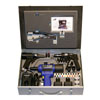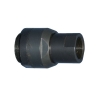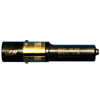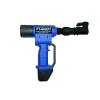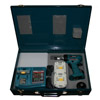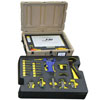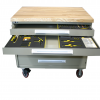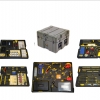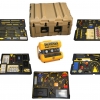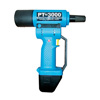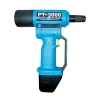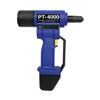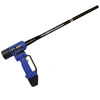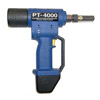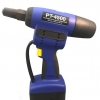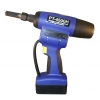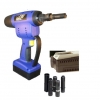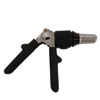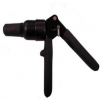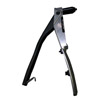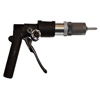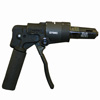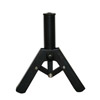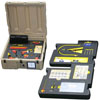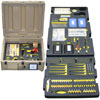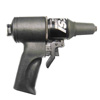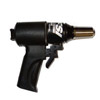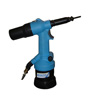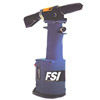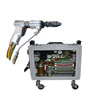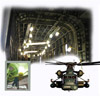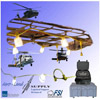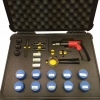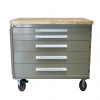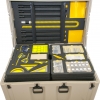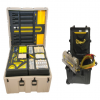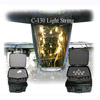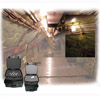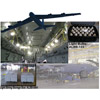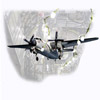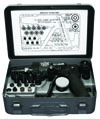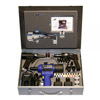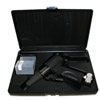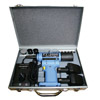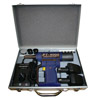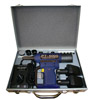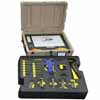Combination Blind Riveter Kit
NSN #: 5180-01-470-6539
- Aerospace & Military Line Maintenance
- Industrial Sheet Metal Applications
- Battle Damage Repair (BDR)
- Ideal for Expanded Unit Level Maintenance
- Fly Away Kit
- 4 Riveters in One Kit
- Installs all CherryMax thru 1/4" & Blind Bolts thru 3/16"
- Contians 78 pieces
- Dimensions: 19.25" x 14.75" x 4.625"
- Weight: 28.5 lbs
Description:
The D-9000-MIL-2 is ideal for field maintenance modification, and BDR applications. It provides hand mechanical, hand hydraulic, air hydraulic and cordless blind riveters all in one convenient case. It can be used for Air Mobility, Line Maintenance and Battle Damage Repair Kits. The D-9000-Mil-2 installs all CherryMax® thru 1/4" and most Blind Bolts thru 3/16".
In addition a wide selection of rivet nosepieces are provided to permit installation of virtually all single action blind rivets thru 3/16" diameter currently in DOD inventory, including CherryMax® (thru 1/4") (M7885/NAS9300), Cherrylock® "A" / Olympic-lok (NAS1400A), Huck SMLS (NAS1900S), Nutplate rivets (Mil-N-25027), POP® rivets (Mil-R-24243), Self-Plugging Rivets (MS20600), and Huck or Cherry Blind Bolts (MS90353/54 S or U). The Kit contains the capability to install Huck Magna-lokH (M7885/10) and Cherry Interlock® wire draw rivets in 3/16 and 1/4" inch diameters commonly used on military and commercial vehicles, including the HMMWV, trucks, trailers, shelters, cargo containers, radar domes, and ground support equipment.
The D-9000-MIL-2 kit contains the pull-up studs and driving anvils used in conjunction with the hand hydraulic D-700 combination riveter-nutsetter which permit installation of blind nuts (NAS1329/30, / MS 27130/31) in sizes 6-32 thru 3/8-16. The riveter provides over 4,000 lbs of pulling force, and because of its unique two-stage valve system, wrist effort is reduced as the loads increase. For this reason the D-700 riveter is equipped with a pressure regulating feature called Vari-Max which allows the user to set the pulling pressure desired for the particular lot of blind nuts being installed, thereby minimizing the chance of thread failure from excessive pulling force or improper installation due to inadequate upset loads.
Product PDF

Cordless/Battery Tools
Hand Tools
Pneumatic Tools
Rotary Wing Kits
Fixed Wing Kits
Tool Kits



To Contact Us (800) 344-2393.
Privacy Policy | Shipping Policy | Terms and Conditions | Returns
© 2024 Fastening Systems International, Inc. All Rights Reserved.
Site by TRADEMARK 5150 INC..

